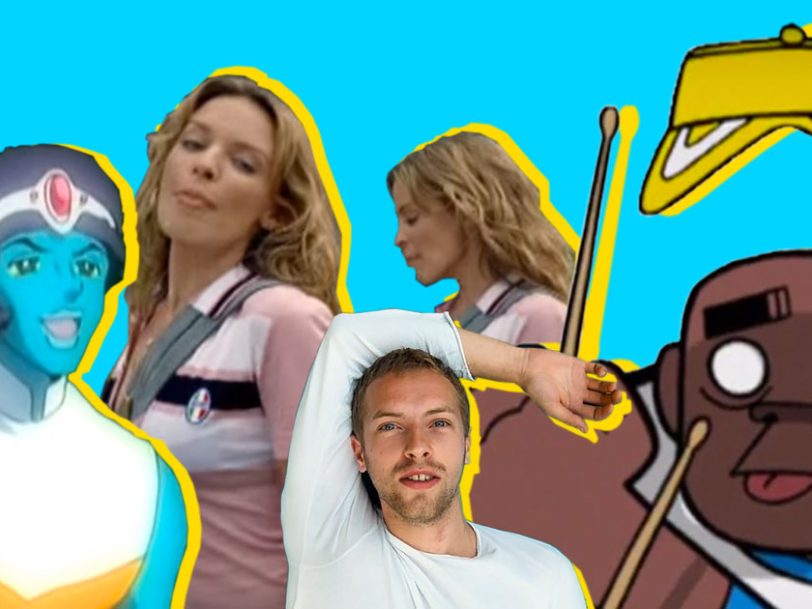In the 2000s, the impact of new technology on music was more palpable than ever. The rise of social media, the growing power of the internet, and the adoption of iPods and smartphones meant that there were more ways than ever for fans to connect with their favourite musicians. Against this shifting landscape, MTV continued to set the agenda for most of the decade, and music videos were still strong currency, with many artists trying to one-up each other with their flashy visuals and big-budget productions. From the hip-hop eccentricities of Missy Elliott to the avant-garde mise-en-scène of pop saviour Lady Gaga, the best 2000s music videos became bigger, bolder and more visually striking than in any previous era. Here, then, is our countdown of the best music videos the noughties had to offer.
Listen to our Pop playlist here, and check out our best 2000s music videos, below.
20: The Darkness: I Believe In A Thing Called Love (2003)
For their UK No.2 hit I Believe In A Thing Called Love, hard rock group The Darkness went full-on B-movie with director Alex Smith, creating a video in which the group fire laser beams out of their guitars while riding about in a flying saucer and waging war with a giant squid. With frontman Justin Hawkins citing the special effects from cult movie Big Trouble In Little China as an inspiration, the glut of wacky Dr Who-style props were designed by Jim Friedlander, for whom this sort of thing was in his blood. “He was the son of the guy who created the Daleks, and he came and did our spaceship and beasts that you see in there,” Hawkins said. “It was all real things – we didn’t do any CGI stuff. We did old-fashioned, British science-fiction stuff.”
Director: Alex Smith




